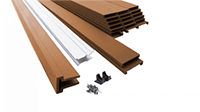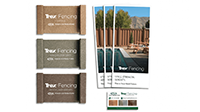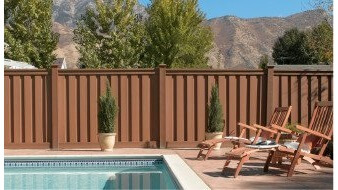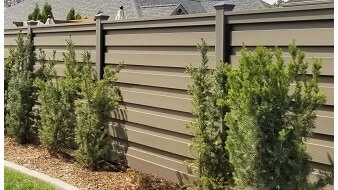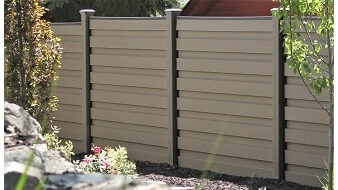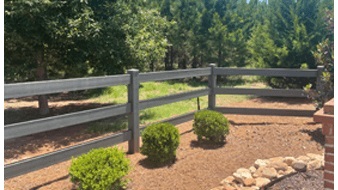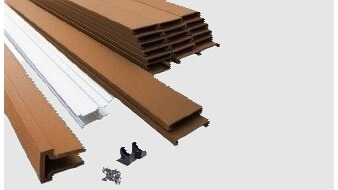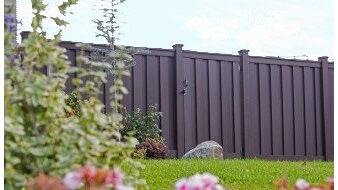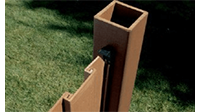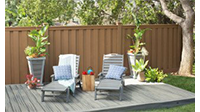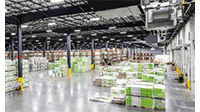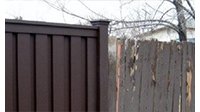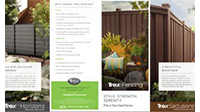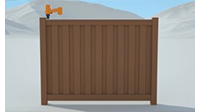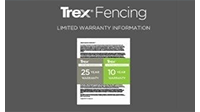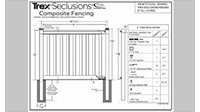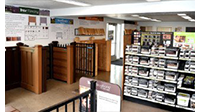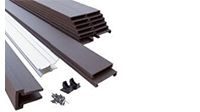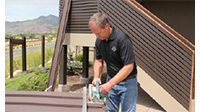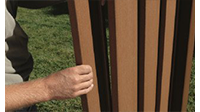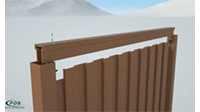Unlike wood, Trex Composite Fencing:

Won't rot, warp, or splinter.

Won't become food for termites.

Won't need seasonal painting, sealing, or staining.

Has an industry leading warranty.
Trex vs Wood Fencing
Why Wood You?
Trex vs Wood Fencing. Everyone loves the natural look of wood but hates all the painting, staining, and sealing. Wood fencing of all types, including pressure-treated wood, cedar or redwood, requires extensive upkeep. The quality and longevity of wood has also dropped significantly over the years as lumber is no longer coming from old growth forests. Trex Fencing was designed to emulate the beauty and strength of a wood fence, only without all of the upkeep. Our high-performance, eco-friendly composite boards withstand years of sun, sleet, and snow. Through it all, we have never felled a single tree. So when comparing composite fencing from Trex vs wood fencing, there’s no competition.
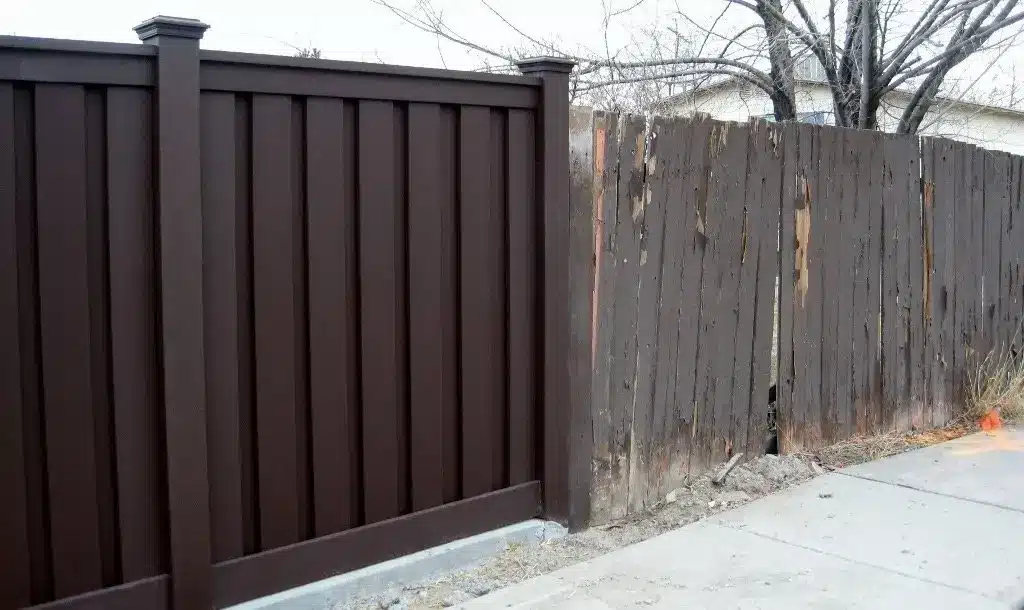
How does Trex Fencing compare? Learn all about Trex vs wood fencing.

TREX WON'T BECOME FOOD FOR TERMITES
Unlike wooden fences, Trex composite fences are impervious to insect damage, such as ants or termites. The proprietary composite materials used in Trex Fencing are the perfect solution where insects are a concern. Insects do not like Trex vs wood fencing which is organic material they love. Why WOOD you install a fence that might be eaten up in time?
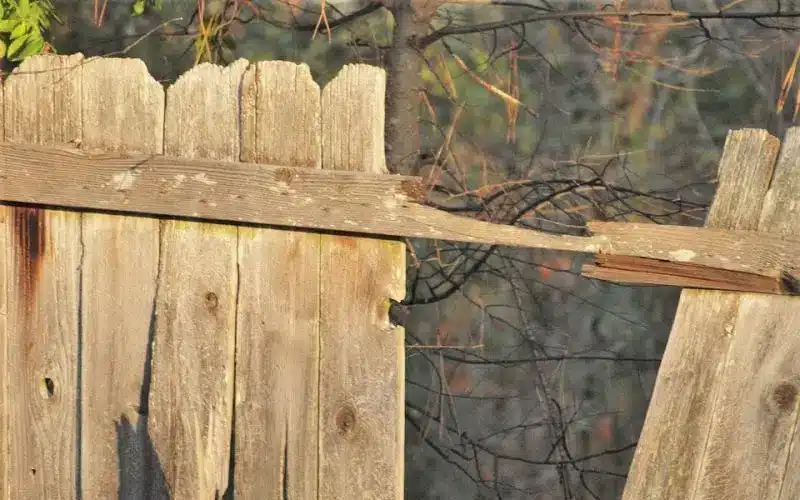
TREX WON'T ROT or SPLINTER
Unlike a wood fence that may begin rotting and decaying after 5 to 10 years, Trex composites are made of a proprietary blend of wood and plastic that is not susceptible to rot or decay. The unique design of the Trex interlocking pickets also eliminates warping and twisting that is common with a wood fence. These interlocking pickets also eliminate unsightly gaps, which are typical in a wood fence. Why WOOD you install a fence that begins deteriorating the day you put it in?
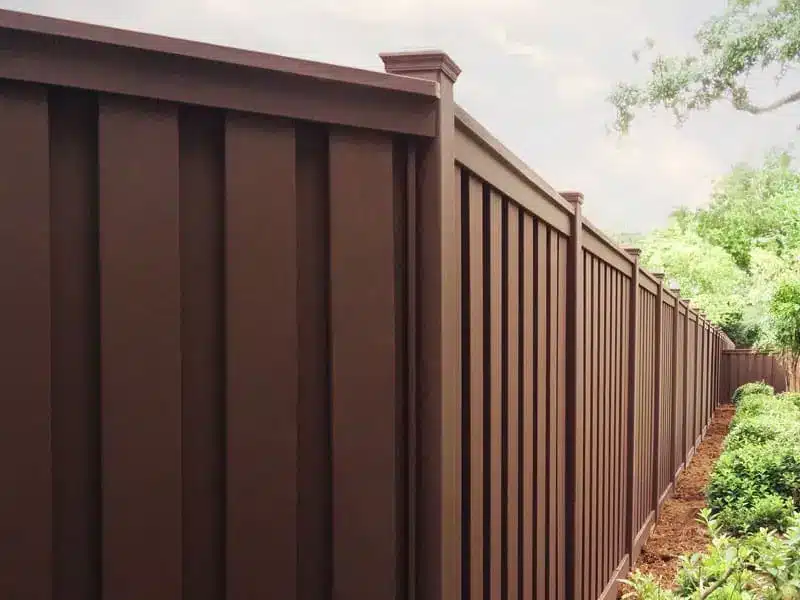
TREX DOES NOT NEED STAINING OR PAINTING
Wood fences require staining or painting in order to achieve and maintain a desired look, as well as to preserve it from rot. Trex Fencing is available in 3 natural colors and never requires staining or painting. Trex composite fences are designed to have the appearance of wood without the extra workload associated with a wood fence. Why WOOD you install a fence that is going to cost thousands of dollars and hundreds of hours over its lifetime to maintain?
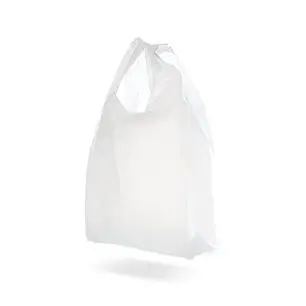
TREX IS ECO-FRIENDLY
When comparing Trex vs wood fencing, consider the environment. Trex Composite Fences are made of 95% recycled materials, which means we are doing our part to leave a smaller carbon footprint. Trees can take years to grow while Trex composites are a much more efficient alternative.
TREX FENCING COST OF OWNERSHIP OVER TIME COMPARED TO WOOD
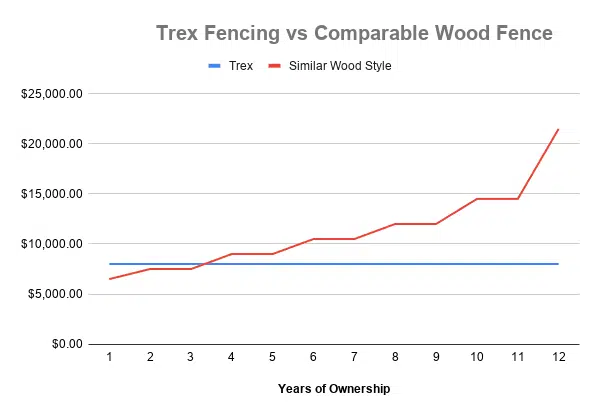
Trex vs Wood Fencing
- Pricing is based on a similar style wood fence with 6×6 posts, board on board design, cap rail, top and bottom trim boards, and stained both sides.
- Cost of Staining: Required the first and second year, then every other year after that – average cost is $6 per foot for staining and $4 per foot for pressure washing both sides.*
- Repair Costs: Repair costs can vary greatly. Typical costs are $500 in year 4 and year 6 and increase to $1500 in year 10 (unless fully replacing fence, in which case costs are typically 20%+ the original investment, effectively meaning you are paying much more than twice for your wood fence in far less than two decades.)*
- Replacement Costs: The typical life span of a wood fence is 10-12 years, at which time removal and a full replacement is needed.*
* Costs vary widely across the country. These numbers are averages. To find out more about what it will cost to maintain your wood fence, we suggest researching them for your specific area.
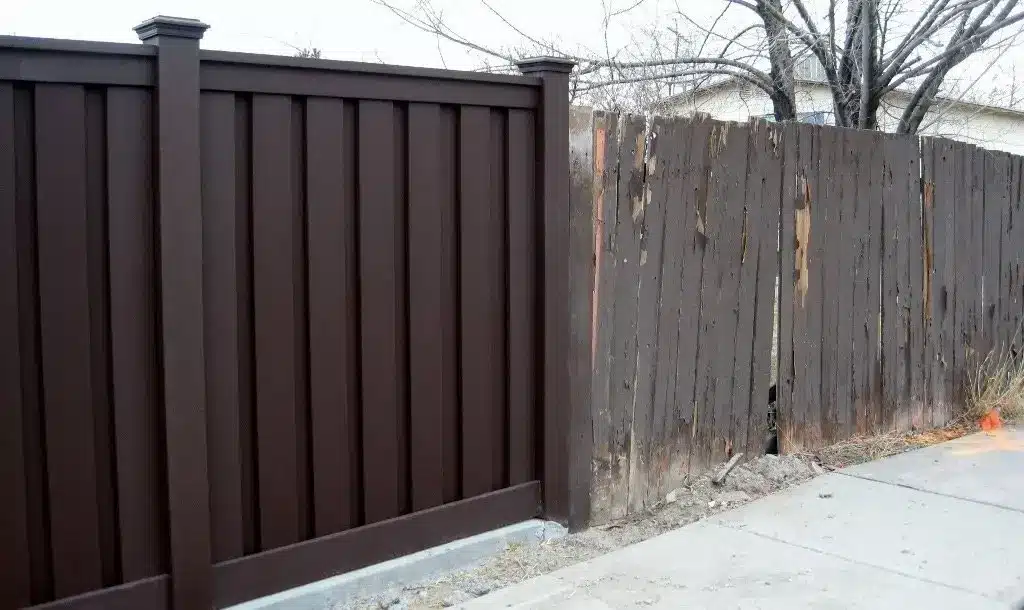
Learn more about how wood compares to other Trex products.



